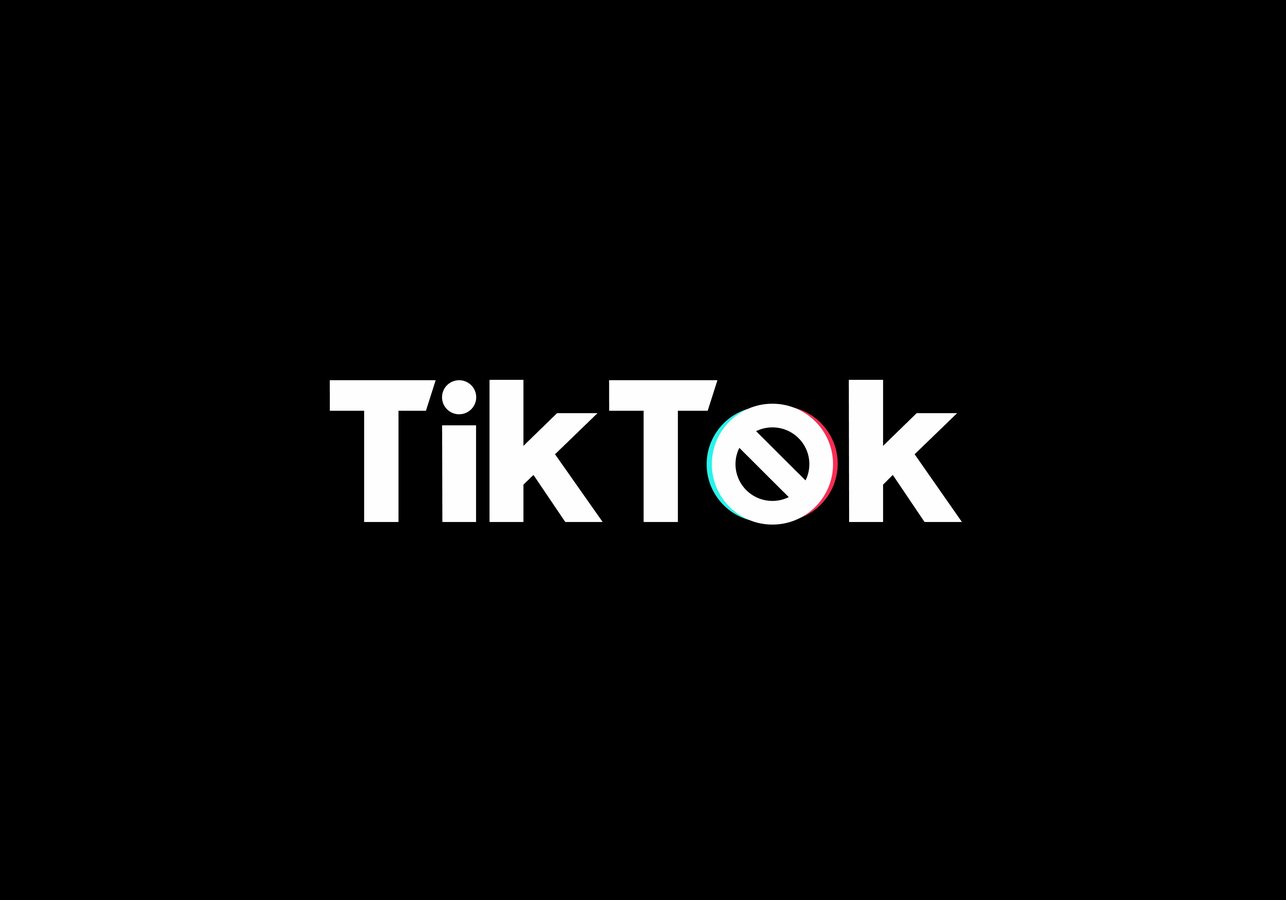Social Commerce: Growing Your Brand’s Sales on Social Media
Evolving social platforms help brands build long-term customer relationships and increase sales.

Social media plays a significant role in our daily lives. It’s how we connect, communicate, and stay informed in the digital age. Even though that’s hardly new information, for brands, social media is a platform that’s driving revenue through the proverbial roof. In fact, social commerce has gained tremendous momentum in recent years and experts believe the trend will continue to grow.
People want to buy products and services based on recommendations and inspiration from people they trust. Social commerce serves these needs, providing an enhanced shopping experience that sparks discovery, personalization, and builds trust.
In 2022, social commerce sales in the US alone are expected to reach $45.74 billion, with more than a half of the country’s adults making a purchase on social media. Last year, 39% of US internet users made at least one social commerce purchase and it’s estimated that half of people 18-34 will do the same again. Considering the growth forecast for social commerce and the growing use of social media, any business involved in e-commerce has the potential to benefit.
What is Social Commerce?
Social commerce is the process of selling products and services through social media platforms such as Instagram, Facebook, and TikTok. Social commerce is different from traditional social media marketing, where users view a brand’s content and visit their website to start the shopping process. With social commerce, customers can research brands, discover items, and purchase products without exiting the platform.
Businesses, no matter the size, can sell products through social media. Also, individuals can now become a 'brand' of their own and reach a market directly. Rather than just a handful of big retailers and brands selling to mass markets, now millions of smaller businesses are generating sales within a vast social commerce ecosystem.
Choosing the Right Social Commerce Platform
One important factor to consider is your choice of platform. There’s a good chance that you’ll find your target customers active across several different platforms. However, it’s important to not spread yourself too thin.
The following are top social media platforms helping brands leverage social commerce:
You’ve heard of Facebook, right? Just kidding, of course you have. Facebook is still the largest social media platform in the U.S. Last year, the platform attracted more than 56 million buyers. In 2020, Facebook created a platform called Shops, which was launched to help smaller businesses through the pandemic. With this tool, businesses can create an online store on Facebook or Instagram for free.
Instagram is one of the top players in the social commerce space. The popular platform recently launched Checkout – a tool allowing purchases to be handled directly on the site. Taking the shopping process one step further, Instagram placed the shop tab icon at the bottom of the homepage. This enables users to instantly purchase products by brands, influencers, or celebrities they follow.
In social circles, TikTok is the new kid on the block. TikTok is a video-sharing platform predicted to have 48.8 million US users by 2025. Ironically enough, TikTok users aren’t just scrolling to be entertained. According to TikTok, 39% of TikTok users discovered a new product or brand (and almost 50% purchased a new product they saw on the app).
In 2020, TikTok partnered with Shopify to form a new in-app shopping platform. With a ‘TikTok for Business’ account, users can add shopping tabs to their profile, showcasing a virtual storefront to browse without exiting the app.
With more than 400 million users, Pinterest is both a search engine and social media platform to research and find images. Users can create mood boards, pinpoint travel destinations, and most importantly – discover new products. The most popular categories on Pinterest regard fashion, interior design, fitness, and health and wellness – making it a great platform for social commerce.
Last year, Shopify and Spotify partnered to engage listeners and offer products that went beyond traditional merchandise. Now, Spotify lets artists introduce products where their fans are already engaging with their music. By pairing with Spotify, people can sync their product catalogs and showcase the items of their choice on their Spotify artist profiles, giving fans an easier shopping experience.
Approximately 293 million people use Snapchat every day. Though it’s relatively new to social commerce, the platform’s features are quite exciting. Snapchat is built with AI technology, making filters look incredibly realistic. Through this technology, brands can create filters for products and embed a link along with them or in a story. This can be an ideal shopping vehicle for many companies, especially eyewear and make-up brands.
With over 2.3 billion users, YouTube is the most popular video platform on the internet. So it’s no surprise that this is one of the best social media platforms for eCommerce. According to Google, 68% of YouTube users watch videos to get information and make buying decisions. Not only is Youtube great for creating brand awareness, but it can also boost conversions with newer customers.
Taking Advantage of Social Commerce Trends
Do you know why social commerce is booming? Because social media usage around the globe is booming! In fact, the typical social media user now spends about 15% of daily life on social media.
In the U.S., social commerce isn’t quite as big as it is in other countries. Approximately 30% of U.S. internet users make purchases directly within social platforms, but China is the clear global leader. China has the most digital buyers in the world, and those shoppers make up over 50% of all retail sales.
Influenced by China, brands are optimistic about social commerce. China’s WeChat platform stands as the model for US companies and other brands when developing a social commerce strategy. By allowing businesses to set up shop on the platform, WeChat functions as an all-in-one store for eCommerce.
Brands can learn a lot from current trends and strategies. Here are a few important social commerce trends to keep in mind…
Shoppable Live Streams
Live commerce uses social media platforms to blend live streaming and shopping to engage audiences and boost sales. For example, viewers who tune into a Facebook Live video can have real-time communication with a brand and purchase items in the process. Last year, Shopify found that the number of livestream app installs grew by 61% worldwide.
Some companies partner with social media platforms to piggyback onto the trend, while others have created their own channels. Nordstrom, for example, launched its own live shopping channel with great success.
Video
Throughout the shopping journey, consumers are becoming increasingly reliant on video. Today, consumers want to see a product video before they purchase a product. Of all the social platforms, TikTok’s video-only platform is dominating the scenic landscape. To keep up with TikTok, Instagram even launched its own video platform – Reels.
If your brand is new to the video space, test the waters by incorporating product videos into your social commerce strategy. Shoppable videos are still new to some viewers, so make it obvious that people can shop products directly through the post with captions and frequent reminders.
Live Chats
It’s no secret that shoppers are going online to interact with their favorite brands. Yet engagement requires more than liking, commenting on, and sharing their posts. Brands now are implementing one-on-one experiences through messages and live chats. Messages can range from discounts on new products to customer support. According to Lingble, 42% of consumers say they’re likely to use live chat in the next year. Also, a live chat function keeps people engaged so they don’t abandon their shopping carts.
Ways to Increase Sales with Social Media
In addition to selling directly on social commerce platforms, there are other ways you can increase sales with social media. Apply these simple tactics to your strategy:
Conversational commerce combines messaging and shopping, enabling consumers to use voice assistance to make purchases from a brand. It’s all about delivering convenience, personalization, and decision support while people have only partial attention to spare.
When utilizing social media to increase sales, focus your analysis on owned content, including information about your products or services, promotions, and links to your website.
The more brands understand their customers’’ wants and needs, consumers will buy from that brand over the competition. Social listening lets businesses tap into public conversations that expand their understanding of customers, competitors, and the industry.
Posting content at the right time helps increase impressions, engagement, and conversions. Analyze your social platforms, find times that work best for your brand, then build an appropriate schedule.
Social media influencers have a large number of engaging followers. Some people trust influencers even more than close friends or even family. In fact, almost half of consumers depend on influencer recommendations and will purchase a product after seeing it on their social media. This creates a huge opportunity for brands to reach new audiences and engage with groups such as Millennials and Generation Z.
Cuker can help you develop a network of social influencers and allow you to access new customers and drive sales.
By the looks (and projections) of it, social commerce isn’t disappearing anytime soon. In fact, it might be heading into a new stratosphere. With the number of social media users constantly on the rise, platforms will continue to evolve to make the shopping process thrive. Social commerce can help your business increase sales, connect directly to customers, and build long-term relationships.





